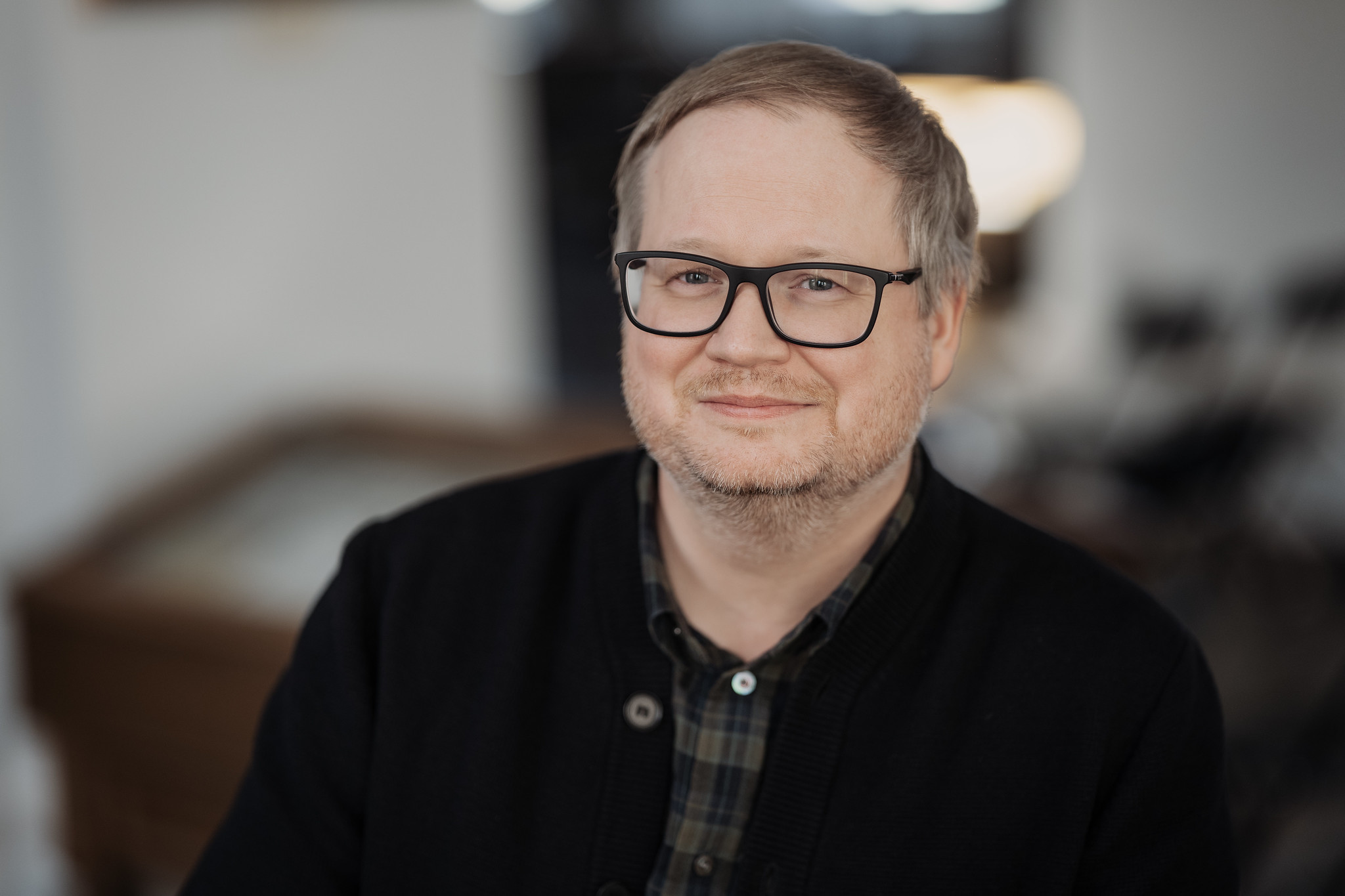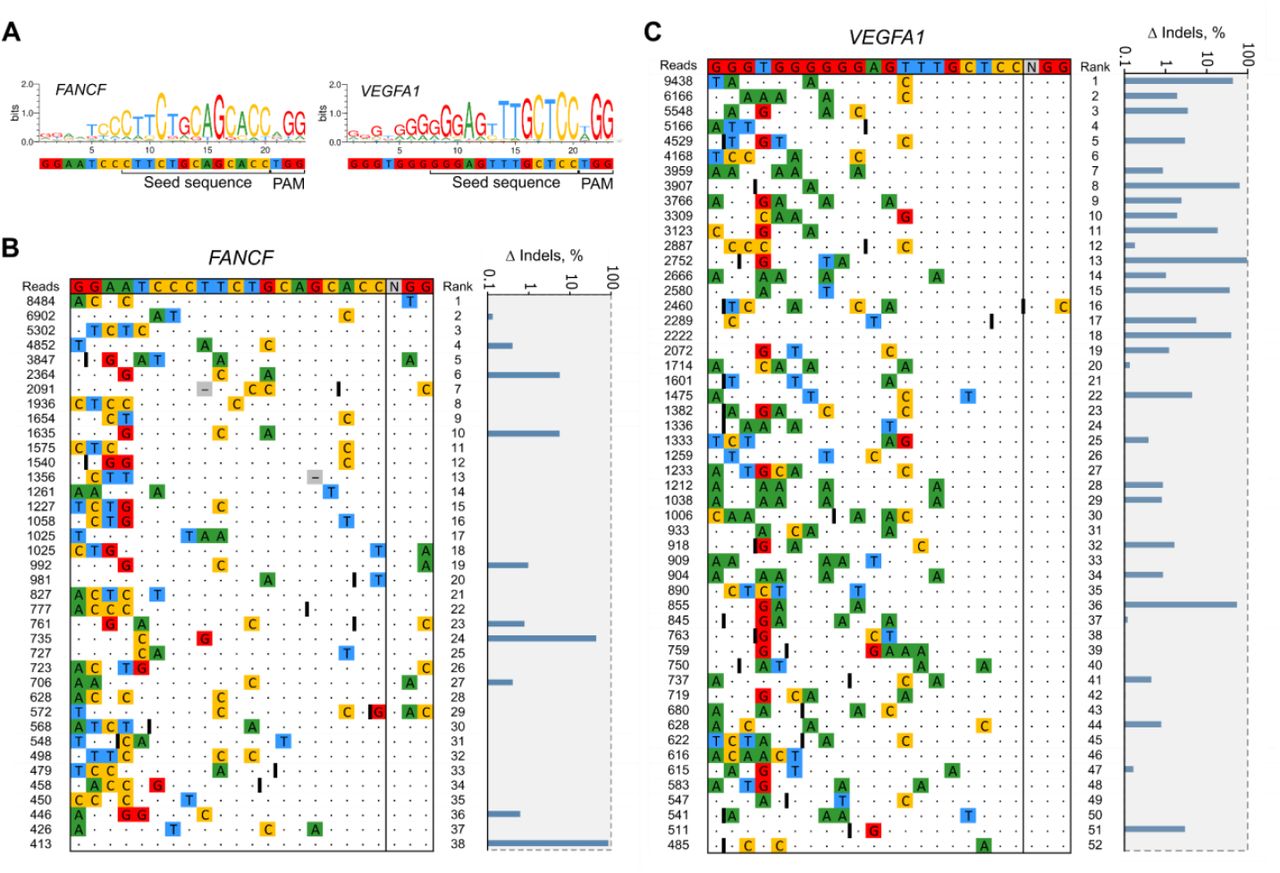VU Scientists Develop an Improved Method for Identifying the Most Precise Gene-Editing Tools

Genome editing is one of the fastest-growing areas in modern biotechnology. It is already transforming medicine and agriculture and even enabling the resurrection of extinct animal species. However, effective and safe genome editing requires rigorous testing of the gene-editing tool known as ‘genetic scissors’ used in the process. A team of Vilnius University (VU) researchers has developed an innovative method called CROFT-Seq, which allows for the precise assessment of the efficiency and accuracy of CRISPR/Cas9 genome editing tools in vitro, thus significantly reducing the cost of scientific research.
In this article, Dr Mindaugas Zaremba, Research Professor at the Department of Protein-DNA Interactions of the Institute of Biotechnology of the VU Life Sciences Center and one of the inventors behind this patent-pending method, explains the approach in more detail.
A method for selecting the most precise genetic scissors
According to Dr Zaremba, CRISPR nuclease off-target detection by sequencing (CROFT-Seq) is designed to assess the efficiency and accuracy of the most commonly used genome editing tools, such as CRISPR/Cas9 nucleases.
‘This means that CRISPR/Cas9 nucleases – often referred to as genetic scissors – can be configured in many different ways to target a specific site in the genome. Since genome editing experiments in live cells (in vivo) are very expensive, it is extremely useful to first evaluate the selected genetic scissors in a test tube (in vitro) – to determine how efficiently they cut where they are supposed to and whether they can avoid unintended sites,’ said the researcher.
This method allows scientists to identify the most efficient and precise versions of the genetic scissors, so they can move forward with further experiments using only the selected ones, thus reducing overall research costs. Scientists first evaluate the cutting potential and accuracy of the gene-editing tools in vitro and only then proceed to later stages.
‘Precision is crucial here, as curing a specific genetic disease requires making precise cuts in one or several genes at exact locations within the human genome to successfully correct (edit) the mutations that cause the disease. If these genetic scissors are inaccurate, they may cause double-stranded DNA breaks in unintended sites of the genome, potentially leading to cell death or even cancer. Therefore, our method helps prevent this by allowing researchers to quickly and cost-effectively verify the efficiency and precision of the gene-editing tools in vitro,’ explained Dr Zaremba.
A cost-effective breakthrough
Dr Zaremba notes that although similar methods already exist on the market today, the original strategic approach and unique technical solutions enabled the VU researchers to significantly speed up the process and reduce its cost by up to ten times.
‘The CROFT-Seq delivers high precision while keeping research costs low, making it attractive to both commercial companies and research centres,’ he said.
Just as importantly, the simplified method is compatible with automation using high-throughput robotic liquid handling systems.
‘We have simplified the method to the point where all stages are performed in a single test tube. This opens the door for robotic liquid handling, which saves time and reduces the risk of error,’ added Dr Zaremba.
When choosing which method to use, data analysis is also crucial. Many similar methods rely on bioinformatic filters to analyse sequencing data, but they can limit the interpretation of the results.
‘Our approach minimises the use of such filters. This means that if the genetic scissors cut DNA at both on-target and off-target sites, our method can detect these inaccurate off-target events. Meanwhile, filters used in other approaches may incorrectly exclude actual off-target sites, thereby distorting the final results,’ explained Dr Zaremba, highlighting the advantages of the new method.

Striving to catch up with the US
Currently, Dr Zaremba and his colleagues are working on a project funded by the VU Research Promotion Fund titled ‘A Platform for Assessing the Precision of Various Genome Editing Tools’.
The researchers aim to extend the application of the CROFT-Seq method to other increasingly popular genome editing tools such as CRISPR/Cas12, TnpB enzymes, and base editors.
‘Our goal is to increase the flexibility and appeal of our method by enabling the evaluation of a broader range of genome editing tools. We originally developed this method as part of the project funded by the Central Project Management Agency ‒ ‘A Sequencing Center for Double-Stranded DNA Breaks’, noted the scientist.
The team has decided to patent the method developed during the project and submitted applications for its protection in the European, US, and Japanese markets.
‘These markets are the most advanced in genome editing research, with the US also leading in the practical application of research results. The US regulatory framework is more flexible than that of the EU, which puts the EU at a significant disadvantage. As a result, we are falling behind the US in this race and losing out on vast opportunities for applying CRISPR/Cas technologies in agriculture and human medicine,’ listed the researcher.
In 2023, the first CRISPR/Cas9-based drug was approved for the treatment of sickle cell anaemia, making it possible to cure this monogenic disease and marking a major breakthrough. A large number of pre-clinical trials are currently underway with a view to adapting this technology to other diseases.
‘Many genetic diseases are not monogenic. This means that they are caused by mutations in several genes rather than just one, which makes them much more challenging to cure. Still, I believe CRISPR/Cas technology will eventually make substantial progress in addressing these complex conditions as well,’ said Dr Zaremba.
Another example of the application of genome editing is the resurrection of extinct animal species ‒ an initiative already being pursued by private companies in the US.
‘This only further demonstrates the transformative potential of this technology. Naturally, it raises a range of safety and ethical concerns, but I hope we will find ways to address them,’ concluded the Research Professor.
More information about the patent-pending invention can be found here. Interested in licensing this invention? Contact us at